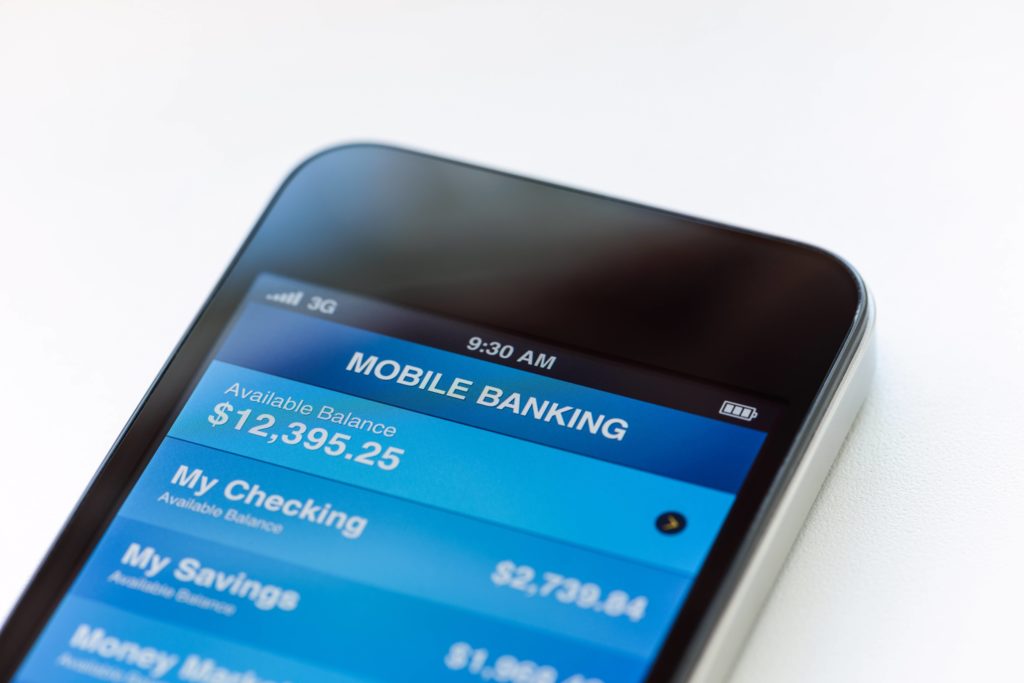However, upon further scrutiny, the parallels between traditional advertising and conventional banking become obvious, while the correlation between mobile banking and digital marketing is undeniable. A branch on every corner used to go a long way in incentivizing consumers, just as multi-run TV campaigns were formerly necessary to attract a large enough audience. Today, mobile apps have made multiple brick-and-mortars far less essential—to those willing to take their banking mobile—and digital ads have certainly changed the scope of a comprehensive, modern marketing program.
The Federal Reserve performed a survey in March 2014 that asked consumers to provide reasons for not using mobile banking. Amazingly, 75% of respondents chose “I don’t see any reason to use mobile banking,” while 17% claimed, “It’s too difficult to use.” And yet, CNN Money recently reported that 55% of all Internet usage is performed on cell phones and tablets. This reveals a glaring opportunity for smaller banks to educate the masses about their online offerings, through online mediums, creating a seamless transition from initial engagement to end-user experience. It’s time for advertising content to complement the delivery methods themselves, which can’t be achieved through traditional-only media strategies.
Online banking has leveled the playing field between national institutions and smaller community banks and credit unions. A single-branch bank with an intuitive app can now take on the accessibility and convenience of Chase’s overexpansion. Similarly, a marketing strategy equipped with multiple digital tactics affords all businesses the opportunity to reach in-market audiences exclusively, and with minimal waste.









